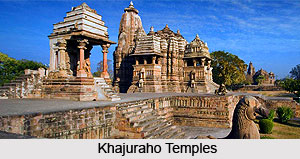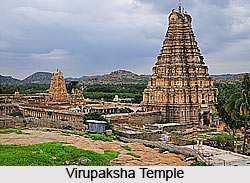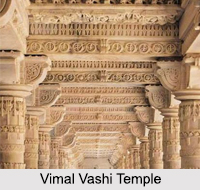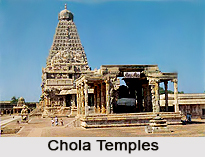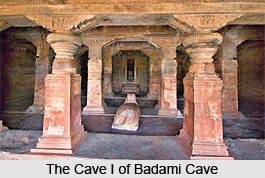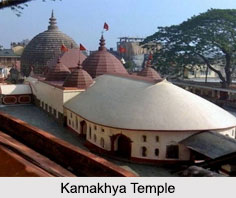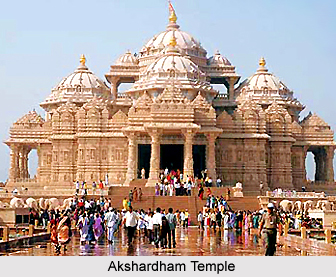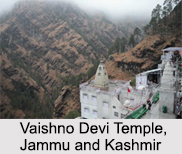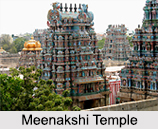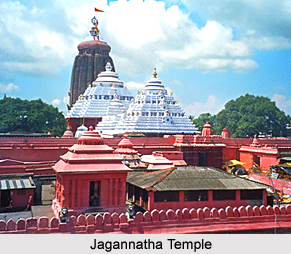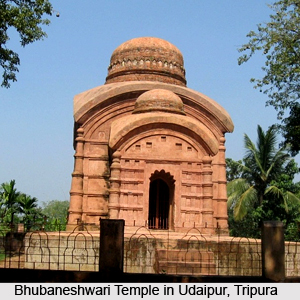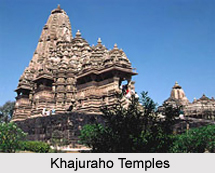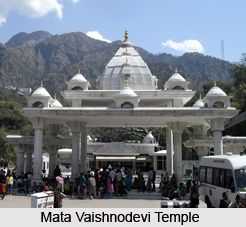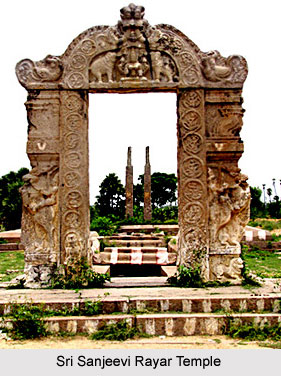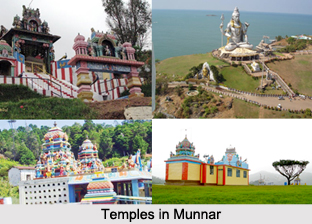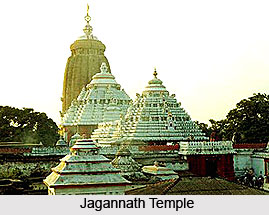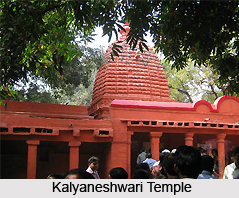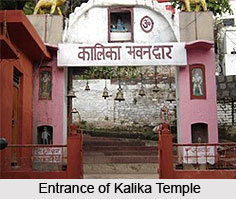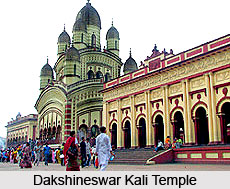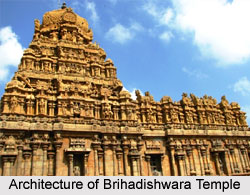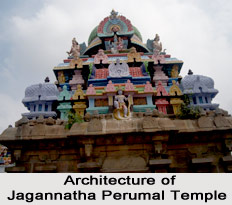 The architecture of Sri Jagannatha Perumal Temple lends an additional grandeur to the Temple. The unique architectural and sculptural designs are evident of the antiquity and legendary greatness of the Temple. The beautiful image of Jagannatha Perumal, the presiding deity of this temple enshrined in the main sanctum (garbha-griha) of this temple is in a seated posture reveal the artistic craftsmanship of the architect. The idol of Sri Jagannatha faces east with His left leg bent and right leg placed in front. He is flanked by His two consorts, Rukmini and Satyabhama. In front of the Lord are the images of sages Bhrigu and Markandeya worshipping the deity. The utsava-murti is the specimen of the exquisite architectural piece and is made in a posture of standing four-armed Vishnu with Sri Devi and Bhu Devi beside Him.
The architecture of Sri Jagannatha Perumal Temple lends an additional grandeur to the Temple. The unique architectural and sculptural designs are evident of the antiquity and legendary greatness of the Temple. The beautiful image of Jagannatha Perumal, the presiding deity of this temple enshrined in the main sanctum (garbha-griha) of this temple is in a seated posture reveal the artistic craftsmanship of the architect. The idol of Sri Jagannatha faces east with His left leg bent and right leg placed in front. He is flanked by His two consorts, Rukmini and Satyabhama. In front of the Lord are the images of sages Bhrigu and Markandeya worshipping the deity. The utsava-murti is the specimen of the exquisite architectural piece and is made in a posture of standing four-armed Vishnu with Sri Devi and Bhu Devi beside Him.
The structural design of the temple is no less beautiful. The design determines the excellence of the traditional architects. There is a Small mukha-mandapa in front of this shrine which leads to the pillared maha-mandapa in front. The Maha mandapa is a spacious structure and it is consisted of twenty-eight pillars. These pillars have the wonderful carvings depicting scenes from Vaishnava mythology. These carvings are probably of Vijayanagara workmanship, as the historical researches suggest. Opposite to this sanctum there is a tiny shrine for Garuda facing the deity. This Garuda is considered sacred by the devotees.
The idols studded with beautiful carvings exemplify the superb and masterful artistry. The Vimana above this sanctum is studded with beautiful sculptures of deities like Hayagriva, Lakshmi Narasimha and Garuda, while the niches on the outer walls of this sanctum also contain well-wrought icons. There are numerous ancient inscriptions etched on these outer walls. The inscriptions became the epigraphic evidences and the data collected from those indicates that this sanctum was in existence in the Chola period even before the 12th century A.D.
On the northern side of the maha-mandapa there is the sanctum for Tirumazhisai Azhvar, one of the ancient preceptors, yet considered sacred. The main image (moolavar) is seen in a seated posture with folded hands offering anjali and is facing south. The processional image is similar to the main one. There is a small mukha mandapa in front of this shrine also.
In the south-western part of the second enclosure or circumambulatory passage or prakara is seen. This is the sanctum for the Lord`s consort Tirumangaivalli Thayar and the architecture of this structure reveals that like the principal sanctum, this sanctum was also constructed during the Chola period.
Apart from the mukha mandapa and Maha mandapa there are many other small shrines in this temple-complex for Lakshmi-Narasimha, Andal and Manavala Mamuni. The Vahana-mandapa, Kalyana- mandapa and Paramapada vasal can also be seen here. Devotees enter this temple through the eastern doorway, which has a massive gopura or the main entrance of five tiers. This gopura is profusely decorated with sculptures and crowned with seven kalashas.
The shrine itself and the idols housed in it are the exemplar of excellent architectural craftsmanship nonetheless. But the other places should be taken into consideration to determine the structural excellence. The bali-pitha and dvajastambha are the most important places, which are located very near the gopura. Outside the temple compound, situated a few yards in front of the gopura, is a small mandapa supported by four slender pillars. The mandapa supported with the pillars is an edifice of the Vijayanagara age. Tahe architectural carvings in the base-relief on these pillars depict the numerous incarnations of Vishnu, including the Matsya and Kurma avataras which is the rare feature of the sculpture. This temple also has a sacred tank known as Brighu pushkarini adjacent to it.
Thus the architecture and sculpture lend the temple an additional beauty , with enough popularity among the Jagannath Temples in South India.
